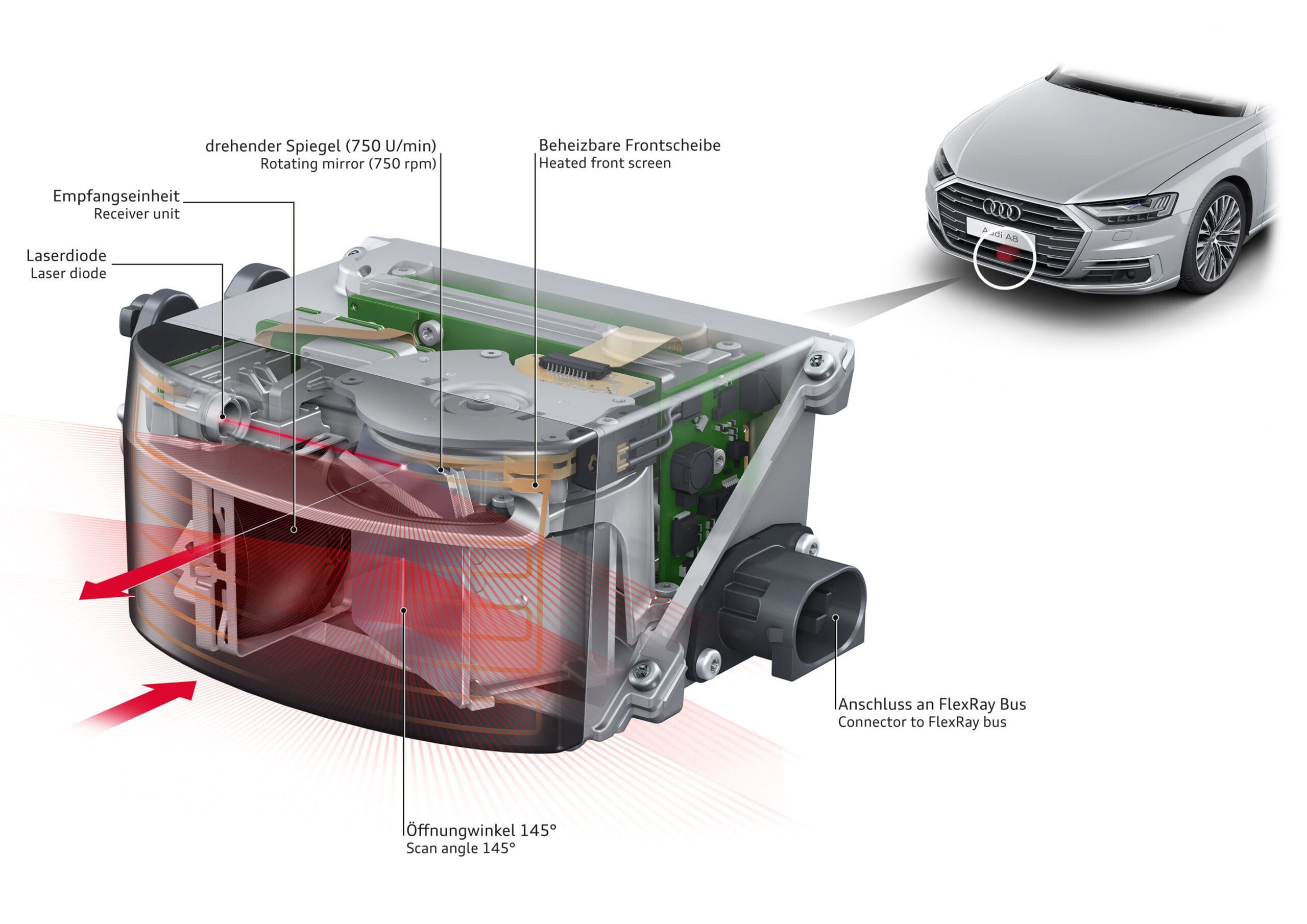Many modern driver assistance features depend on cameras and LiDAR sensors to see the world around the vehicle. After a windscreen replacement, collision repair or suspension work, these sensors may require calibration to restore accuracy.
Follow these basics when calibrating cameras and LiDAR sensors:
- Learn the system: Some vehicles use a single forward-facing camera, others use stereo cameras or LiDAR. Read the vehicle maker’s service information to understand the correct procedure.
- Inspect the glass and mounts. Use only OEM-approved windscreens and ensure the camera bracket and LiDAR mount are undamaged. The AAAA ADAS Industry Code of Conduct recommends confirming ADAS features before any glass replacement and scheduling calibration after installation.
- Work in a controlled environment with good lighting. Calibrating cameras requires a level floor and sufficient space to position pattern boards or targets at exact distances.
- Keep the camera’s field of view clear. Clean the windscreen inside and out, check the area around the sensor for dust or fingerprints and ensure wipers work properly.
- Use the specified calibration targets and measure distances precisely with a tape measure, plumb bob or laser. Slight errors in alignment can result in faulty lane keeping or sign recognition.
- For LiDAR calibration, use the specialized equipment supplied by your manufacturer. Ensure there are no reflective or metallic objects nearby that could interfere with the sensor.
- Calibrate only after the vehicle is at correct ride height with proper tyre pressures and any suspension repairs completed. Changes in height can alter camera angles.
- Test drive the vehicle to verify that lane keeping assist, traffic sign recognition, automatic emergency braking and other camera- or LiDAR-based features function correctly.
- Document the calibration process, including measurements, equipment used and results. Maintain records to demonstrate compliance with manufacturer and AAAA Code requirements.
By following these basics, you’ll ensure that camera and LiDAR-based ADAS features operate accurately after repairs. For more in-depth calibration guides and checklists, check out the resources in the Calibration Club.

Hiran Alwis is an automotive lecturer and ADAS specialist with over 15 years of experience in diagnostics, advanced safety systems, and technical training. He founded ADAS Project to help everyday drivers and workshop technicians understand and safely use advanced driver assistance systems.

